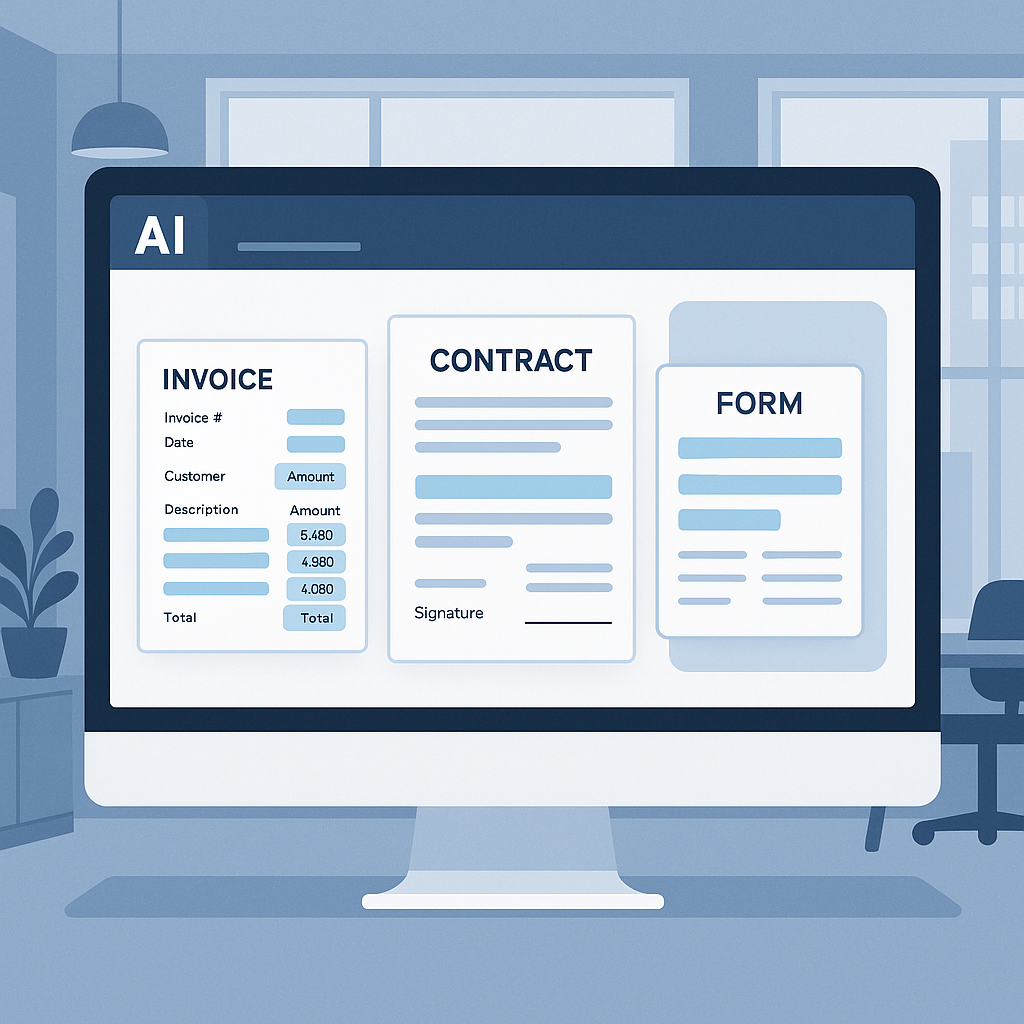Intelligent Document Processing: The Next Frontier in Business Automation

In 2020, organizations worldwide found themselves navigating a tidal wave of digital documents with unprecedented urgency. With the global shift to remote work and increased pressure for business efficiency, a new automation hero made its mark: Intelligent Document Processing (IDP).
Why Intelligent Document Processing Caught Fire in 2020
Every business deals with unstructured data—emails, invoices, contracts, receipts. Traditionally, turning this paper (or PDF) chaos into usable data was manual and slow. But in 2020, with spikes in digital transactions and remote workflows, legacy approaches could no longer keep up.
IDP combines optical character recognition (OCR), machine learning (ML), and natural language processing (NLP) to "read" documents, extract relevant data, and feed it directly into business systems—without human touch. This shift from manual document management to truly smart automation was transformational.
What Sets IDP Apart From Earlier Solutions
Here's why IDP gained traction, especially compared to traditional data entry or scan-and-archive approaches:
- Beyond Scanning: Classic OCR could only recognize printed text. IDP can understand complex layouts, handwritten notes, tables, and even ambiguous language.
- Continuous Learning: The best solutions learn from corrections and new documents, improving over time.
- Integration: Instead of a standalone tool, IDP pipelines plug directly into ERP, CRM, or financial systems.
Key Use Cases Across Industries
- Finance & Accounting: Automated invoice matching, expense reconciliation, and audit preparation.
- Healthcare: Patient intake forms and claims processing, freeing up staff time and reducing errors.
- Legal: Rapid contract analysis, clause extraction, and compliance checks.
- Insurance: Claims intake, policy validation, and fraud detection.
Case in Point: Accelerating Accounts Payable
A North America-based electronics distributor, swamped by thousands of daily invoices during the early pandemic, deployed an IDP solution in Q2 2020. The result? Invoice processing time plummeted from days to hours, manual data entry errors dropped by over 75%, and the finance team reinvested its time into strategic analysis.
Choosing the Right IDP Solution
In this rapidly evolving landscape, business leaders should consider:
- Accuracy for Your Document Types: Test against real samples—especially if you use non-standard forms.
- Learning & Adaptability: Can the platform be "trained" to handle your exceptions?
- Integration Capabilities: Will it play nicely with your current tech stack?
Moving Forward: Next Steps for Decision-Makers
The automation race in 2020 isn't just about speed—it's about creating resilient, data-driven organizations. Intelligent Document Processing is quickly becoming table stakes for businesses looking to cut costs, mitigate error, and unlock workforce productivity.
If your business still relies on humans to copy details from paper to digital, it's time to reimagine your document workflows. The next wave of automation is already here.
Ready to learn more? Connect with us to explore how Intelligent Document Processing can streamline your business operations.